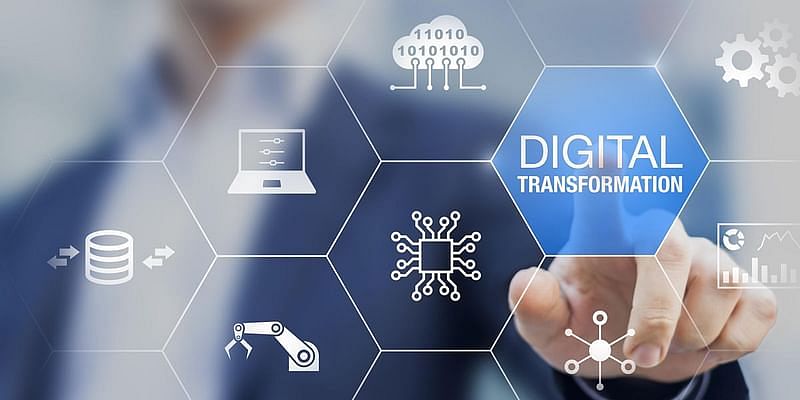Digital inclusion plays a pivotal role in bridging the digital divide and empowering individuals with access to information, services, and opportunities. In India, affordable computers have emerged as a key enabler in driving digital inclusion.
Here we chart India’s journey toward digital inclusion, and highlight the initiatives and advancements.
Government initiatives
One of the most prominent initiatives is the Digital India campaign, launched in 2015, which aims to transform India into a digitally empowered society and knowledge economy. The programme comprises several key components, including the establishment of digital infrastructure, e-governance services, and digital literacy initiatives.
Another significant initiative is the Pradhan Mantri Gramin Digital Saksharta Abhiyan (PMGDISHA), launched in 2017, which aims to make six crore rural households digitally literate by providing them with access to digital devices, internet connectivity, and digital literacy training.
Additionally, the government has launched several other programmes, such as the National Digital Literacy Mission (NDLM), aimed at imparting digital literacy skills to individuals across various socio-economic backgrounds.
The government has also implemented policies to facilitate the availability of affordable computing devices, such as the Make in India initiative, which aims to promote local manufacturing of electronic goods, including computers and smartphones.
These government initiatives have played a significant role in promoting digital inclusion in India by improving access to digital resources, enhancing digital literacy skills, and fostering a culture of digital empowerment.
Rise of low-cost computing devices
The rise of low-cost computing devices has been a significant trend in India’s journey toward digital inclusion. Affordable laptops, tablets, and smartphones have become increasingly accessible, enabling individuals from various socio-economic backgrounds to connect to the digital world.
Companies like Micromax, Karbonn, and Reliance Jio have played a crucial role in introducing budget-friendly computing devices tailored to the needs of Indian consumers.
With such low-cost devices, students can now access online educational resources, entrepreneurs can leverage ecommerce platforms for business growth, and individuals can connect with others through social media and communication apps.
The affordability of these devices has been a game-changer, as it has significantly reduced the entry barriers for individuals to own and use personal computing devices. Moreover, low-cost devices have catalysed the adoption of digital services and applications, empowering users to explore various online opportunities and improve their quality of life.
Digital literacy programmes
Digital literacy programmes are educational initiatives designed to provide individuals with the necessary skills and knowledge to effectively navigate and utilise digital technologies. The programmes are typically structured in a way that caters to learners of different ages, backgrounds, and proficiency levels.
They cover a wide range of topics and skills, including basic computer operations, internet usage, online safety and security, digital communication, online research, and the use of productivity tools such as word processing and spreadsheets.
Governmental organisations, non-profit organisations, educational institutions, and private entities play a significant role in implementing digital literacy programmes. These programmes are often conducted through workshops, training sessions, online courses, or community-based initiatives. Participants learn how to evaluate online information, protect their privacy, engage responsibly in online communities, and understand ethical and legal aspects of digital technology use.
The benefits of digital literacy programmes are manifold. They empower individuals to access information, services, and opportunities available online, enhancing their educational and employment prospects.
Internet connectivity
India has witnessed significant progress in expanding internet connectivity, which has been instrumental in driving digital inclusion across the country.
The government, in collaboration with various stakeholders, has undertaken initiatives to bridge the digital divide and bring internet access to underserved areas.
Here are some key initiatives that expanded internet connectivity in India:
- BharatNet Project
- 4G and 5G networks
- Mobile internet penetration
- Public Wi-Fi initiatives
E-governance and digital services
India has made remarkable strides in embracing e-governance and digital services. The digitisation of administrative processes and the availability of digital platforms have significantly enhanced accessibility, transparency, and efficiency in public service delivery.
Here are some key initiatives:
- DigiLocker
- Aadhaar-based services
- E-governance portals
- Digital payments and transactions




![Read more about the article [Techie Tuesday] Meet Saiman Shetty, who went from a small town near Udupi to building powertrain systems at T](https://blog.digitalsevaa.com/wp-content/uploads/2021/02/TechietuesdaySaimanShetty-01-1613389288802-300x150.png)





